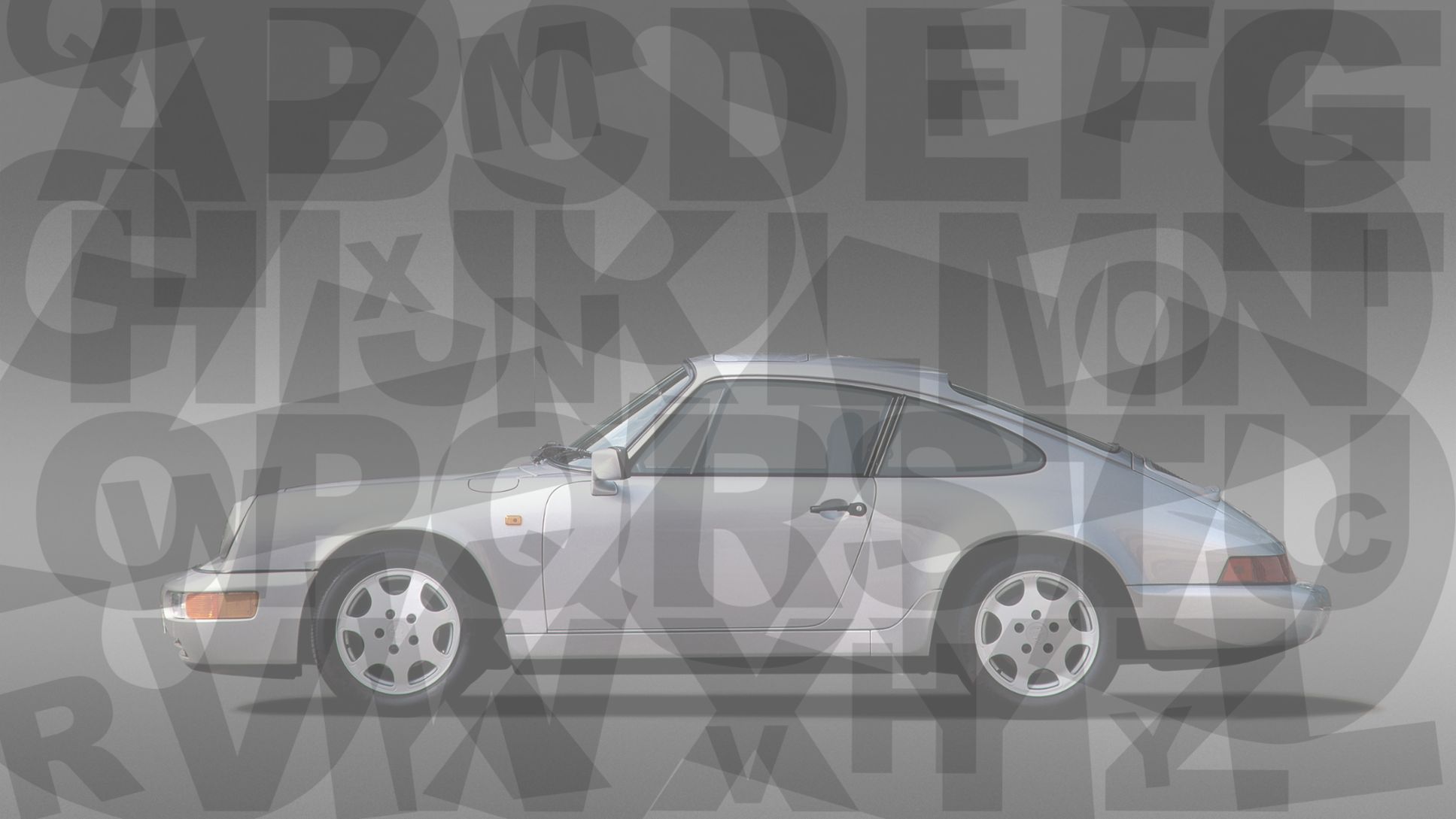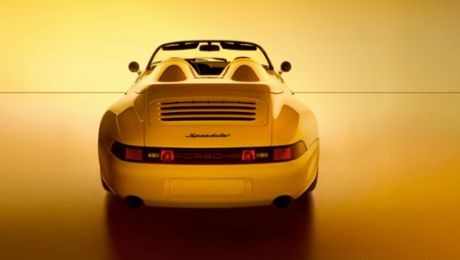K
Kangaroo. Calling someone a “kangaroo“ is probably not a compliment. The critters are pretty stupid, all they can do is jump around and box. So there must have been something to it when the drivers of the Porsche 906-8 Bergspyder compared their working tool to the stubborn Australian marsupial. The reason: The chassis and the tires were taken over completely unchanged from the standard 904 Carrera GTS street coupe in 1965. Due to the light weight and the unadapted suspension, the 906 Bergspyder was very difficult to drive – it had troubled road handling and the tendency to hop. From the coupe, the developers took over the steel-box frame and set a light open plastic body on top. 570 kilos and 260 hp were easily heaved up the incline. Five were built, though only three were left in pieces.
Ketchup Effect. Sounds familiar? You’re all ready to douse your fresh French fries with the right amount of ketchup from a brand-new bottle and out comes – nothing. Or suddenly much too much. At any rate not the amount you were looking for. Something like this happened at Porsche, too, which is why this technical inadequacy (at that time, in 1974, however, it was state of the art)
was incorporated in fast-food lingo: The “ketchup effect“ describes the delayed throttle response in older turbo engines – at first, nothing happens and then, boom. The phenomenon is also known as “turbo lag“ and occurs when the full boost pressure isn’t available yet right after the accelerator command. Especially the first 911 Turbo had problems with this, making it extremely tricky on wet roads in particular.
L
Luna. In 1987, long haul specialist Gerhard Plattner set out on another mission: Driving a standard Porsche 944 S, he aimed to travel the distance from the Earth to the moon within one year: 384,405 km. In addition to the day-to-day practicality of the 944 S, the primary goal was to document the capacity of the catalyst under extreme conditions. The starting point for Plattner’s journey could not have been more aptly chosen: the Cape Canaveral Space Center. Unlike some rockets, though, Plattner came back.
M
Mary Stuart Collar. Mary Stuart had an eventful life. At least until the execution. And above all, she wore a collar that was beyond reproach: stiff, wide, and very high in the back. Just the right template for the racing department of Porsche, which entered the 1,000-kilometer race at the Nürburgring in 1973 with a true monster of a racing car. The spoiler of the 911 Carrera RSR of Martini Racing ran around the entire rear and deep into the rear fender. And no one has dared
to take an ax to it...
N
Number 1. What is there to say? The number 1 is always the beginning, the idea come true, the realized imagination. The first 356 from 1948 is of course an icon that can be found in museums. The aerodynamic roadster has two seats, a reinforced Beetle engine with 35 hp and a top speed of 84 mph. Talking about it, Porsche once made the famous remarks: “In the beginning I looked around and could not quite find the car I dreamed of. So I decided to build it myself.“
Nostrils. The engineers must have been suffering from powerful boredom for them to think of nostrils when looking at the front of the Porsche 924 Turbo with its four air holes. Apart from the fact that individuals usually have two nostrils. But the older Porschists will immediately know what you mean.
O
Ox Horn. No, this is not a term for a Porsche employee who makes a reparable mistake, but the term used by mechanics for a component in the Porsche 956 that connects the engine and trans- mission. It looks like the horns of a bull. There is not enough room here for the names that employees who mess up are called.
P
Plasticine Kitchen. The “plasticine kitchen“ is an older term for nothing less than the highly honorable Porsche Development Center in Weissach. Since 1971, Porsche has invented sports cars here that are now sold in more than 125 markets. The test track in the municipality of Weissach in the district of Böblingen has been in operation since 1962. Currently, more than 6,000 employees work at the development center, employed by Porsche (4,500) and partners (1,500) in development, motorsports, procurement and supporting areas. In July 2014, Porsche commissioned the largest investment project in the history of the development center with a new design studio, aero-acoustic wind tunnel and electronics integration center.
Porschists. There are Ferraristi, “the Daimler guys“ and, of course Porschists. They are Porsche employees, and they call themselves that. There are about 20,000 worldwide, which makes Porsche practically a family business compared to other car manufacturers.
Policemen. Ah, yes, the dear old police. When his pride and joy is stolen, a Porsche driver wants nothing more than a real-life patrolman, but when he wants to let her rip, it’s the last thing he wants to see. But that’s not what makes the police officer one of Porsche’s defined terms – no, the police meant here sit almost unnoticed in the Porsche transmission and act as blocking pieces to prevent mis-shifts or double shifts. And they are most welcome there.
Info
Text first published in "rampclassics", issue 4
text: Roland Löwisch

